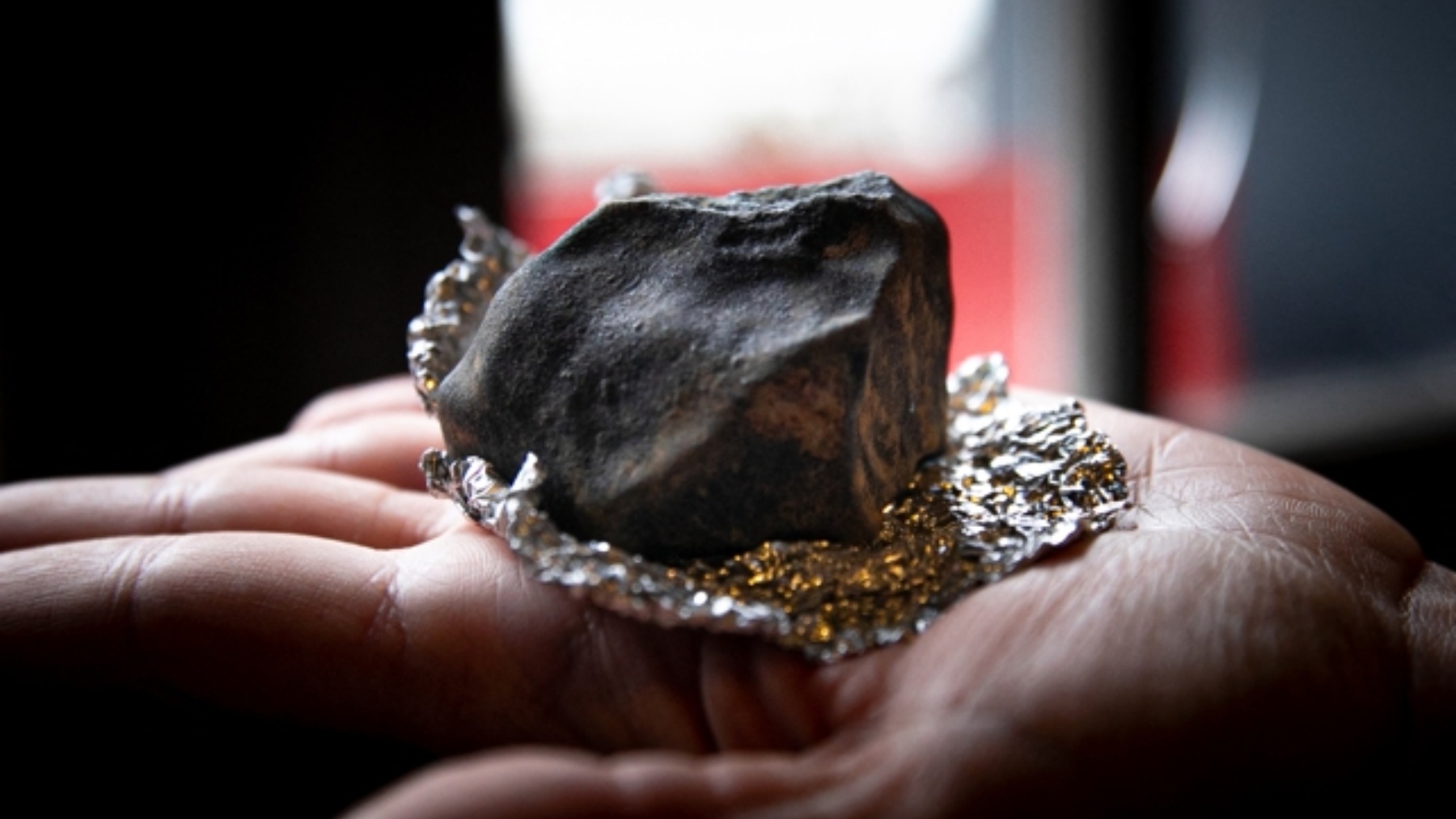Detecting an asteroid when it was still about to hit Earth is difficult enough; finding it once it has already impacted our planet is even harder. This is because three-quarters of the Earth’s surface is covered by water. Thankfully, this did not happen with asteroid 2023 CX1, which was detected before it entered the atmosphere. Thanks to various calculations by scientists, they managed to recover its meteorites in Normandy, France.
The 2023 CX1 meteorite
On February 13, 2023, experts saw what was going to happen seven hours in advance. Being such a small asteroid, it posed no danger: it fragmented as it approached the atmosphere and began to break into smaller pieces at an altitude of 28 kilometers. It took experts only 48 hours to recover the remains of the impact.
It was not a small asteroid, measuring less than 1 m in diameter and weighing only 650 kg. Geologically, it was composed of ordinary L-type chondrite (silicates such as olivine and pyroxene, with nickel-iron metal). Astronomers suspect that they come from the main belt between Mars and Jupiter, from the Massalia family. The largest meteorite has a texture that shows it is space-borne: it consists of a dark fusion crust and a grayish interior with metallic grains.
What characterizes asteroid 2023 CX1 is that it is one of the few objects discovered before impact with Earth. There are only 10 other recorded cases in which it has been detected before entering the atmosphere, and it is one of only four cases in which the meteorites have been recovered.
But how was it possible to detect it in time?
Detecting an asteroid before it enters the atmosphere
These types of calculations demonstrate the wonders of technology and the scientific community today. Seven hours before impact, a Hungarian astronomer detected the object 200,000 km from Earth. During this time, NASA and Hungarian teams calculated the trajectory and entry window with unprecedented accuracy. They detected that it would fall in France, so the FRIPON/Vigie-Ciel network was activated.
This is a nationwide network of volunteers who organized themselves to comb the area in search of the fallen meteorite. Thanks to dozens of photos and videos sent in by citizens and distributed on social media, it was possible to reconstruct the asteroid’s trajectory and delimit the dispersion field of its meteorites.
At around 4:00 p.m. French time, the asteroid disintegrated over northeastern France; various cameras, infrasonic stations, and eyewitnesses saw the asteroid disintegrate into small meteorites.
Just 48 hours later, the first 93-gram meteorite was found in Saint-Pierre-le-Viger; over the following days, a dozen smaller fragments were found.
Why do asteroids glow when they enter the atmosphere?
When entering at an incredibly fast speed, the compressed air that obstructs it increases the pressure. This causes the rocks to disintegrate due to internal stresses. A concentrated release of energy can be more damaging locally than a slow, gradual breakup.
Not all asteroids impact the Earth peacefully, which is why astronomers closely monitored this asteroid. Although 2023 CX1 impacted without major damage, this is not always the case. Chelyabinsk 2013, an asteroid approximately 20 m in diameter, released energy in several pulses as it entered the stratosphere. This produced a shock wave that broke thousands of windows and injured more than 1,000 people. It is important to pay close attention to any object heading toward Earth, no matter how harmless it may appear at first.
Fortunately, this asteroid was a perfect case of citizen and scientific community detection and collaboration: most of the meteorites were recovered, people were entertained, and no one was hurt. What would you do if you saw an asteroid impact on Earth? Would you go searching for it too?
